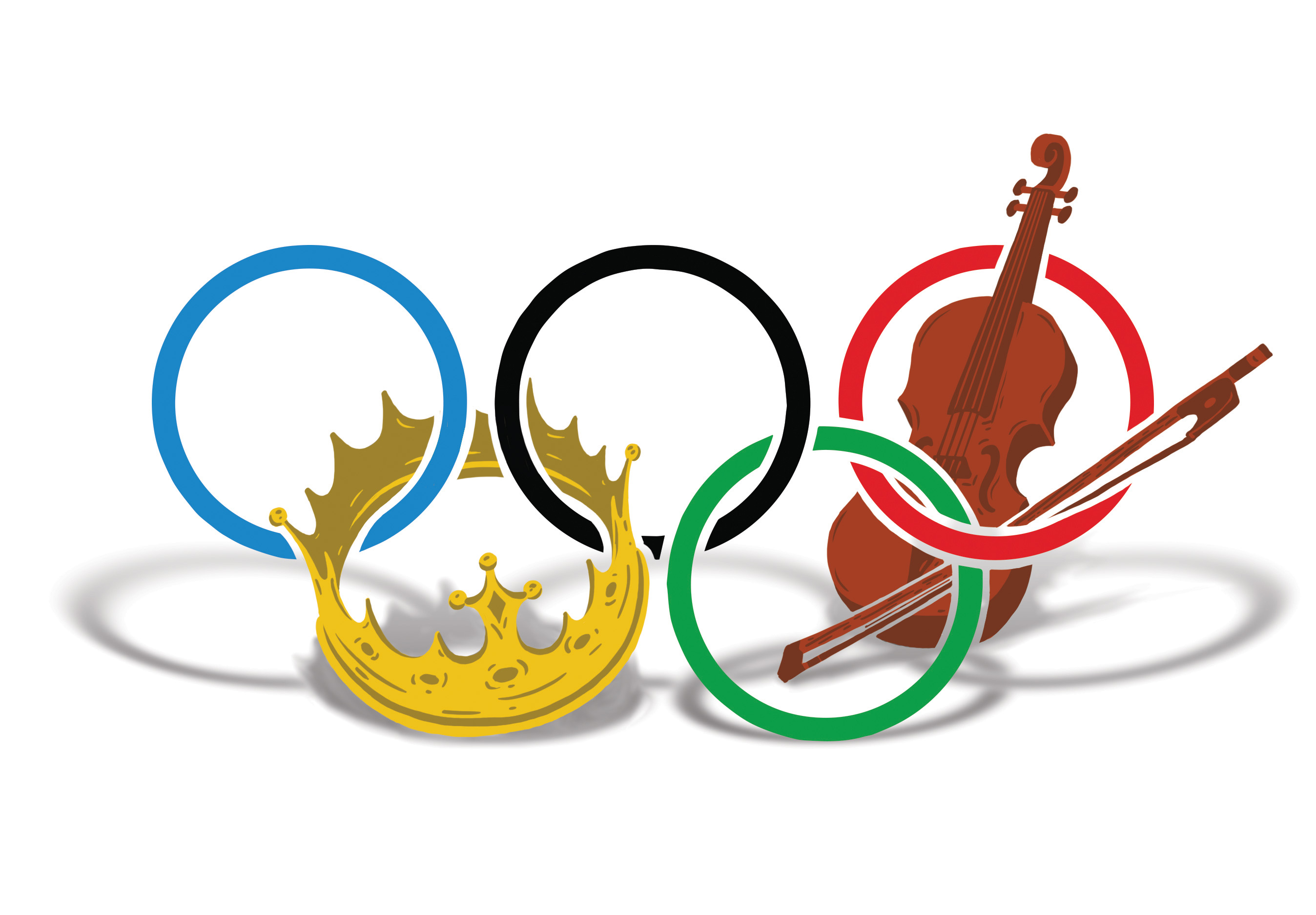John Akii-Bua likely never intended to become a hurdle runner. Born in 1949, he arrived in Kampala, Uganda to join the police force at age 16. Uganda was still under British colonial rule at that time and the British encouraged athletics in the government departments. Akii-Bua began to run simply because it was encouraged by the police department. Quickly he gained notice for his athleticism — most importantly from recently appointed Ugandan athletics coach Malcolm Arnold.
Arnold saw Akii-Bua’s aptitude for hurdles, apparatus of one of the most physically exhausting athletics events, and began training Akii-Bua in earnest. The first important moment came in the 1970 Commonwealth Olympics when Akii-Bua came fourth in the 400m hurdles with a time of 51.5 seconds. Encouraged by the success, Arnold implemented a training regimen the sole purpose of which was to get Akii-Bua ready for the upcoming Olympics in Munich.
In an obituary penned by Frank Litsky and published in the New York Times in 1997, Litsky described Akii-Bua’s brutal but effective training regimen: “the six months before the Olympics, his training had included wearing a vest weighted with 25 pounds in lead as he ran 1,500 meters over five hurdles that were 42 inches high — the hurdles for his race were 36 inches. He did four sets of those repetitions, twice a day, every day.”
Physically prepared from the training, Akii-Bua felt ready for the 1972 Munich Olympics. Still considered to be the underdog heading into the finals. Akii-Bua was simply there to represent his country, he wasn’t expected to win.
To make matters worse, Akii-Bua had been randomly selected for the worst position on the track — the inside lane. Akii-Bua’s pinnacle achievement has been preserved forever on YouTube.
The starting gun goes off as the eight runners take off from their staggered positions along the track. The camera zooms into the leading group as they jump over the hurdles. As the runners reach the bend in the oval, the camera pulls back to get a better shot of the action and we see Akii-Bua gaining significant ground on the rest of the group. Rounding the final turn and heading into the home stretch, Akii-Bua takes the lead and pushes hard to finish well ahead of the rest of the group for a comfortable gold medal win. Akii-Bua shocked everyone away setting a world record of 47.82 seconds.
Akii-Bua’s life should have gotten easier after his Olympic win. Upon his return home, however, he realized the political situation in Uganda had gone from bad to worse.
Idi Amin had risen to power in Uganda as the small nation fell into disarray. Amin’s army was committing atrocious acts of violence against specific factions of Ugandan people, Akii-Bua’s tribe, the Langi, were one of the main targets. While his fame and recognition afforded him some degree of security, Akii-Bua still feared his family’s lives were in danger. When Tanzanian forces invaded Uganda to fight Amin’s army, Akii-Bua and his family were forced to flee the country, finding refuge in a camp in Kenya.
In less than a decade, Akii-Bua had gone from gold medal Olympian, to refugee. Prospects were dim until representatives from Puma — the shoe company that had sponsored him during the Olympics — spotted Akii-Bua on a television newscast amidst the camp. They offered him a job in West Germany, essentially rescuing Akii-Bua and his family during a very dark time in their lives. He never competed seriously again after the Munich Olympics, but eventually returned to Uganda years later to work as police officer. John Akii-Bua died in 1997 at the age of 47.
Akii-Bua’s story is amazing, as a man nobody expected to win beat the odds and earned an Olympic gold medal for his country. His story exemplifies sporting spirit and his gold medal race is still considered one of the greatest. If you would like to know more about Akii-Bua, you should read Best Efforts: World Class Runners and Races by Kenny Moore, or watch the BBC documentary The John Akii-Bua Story: An African Tragedy.



